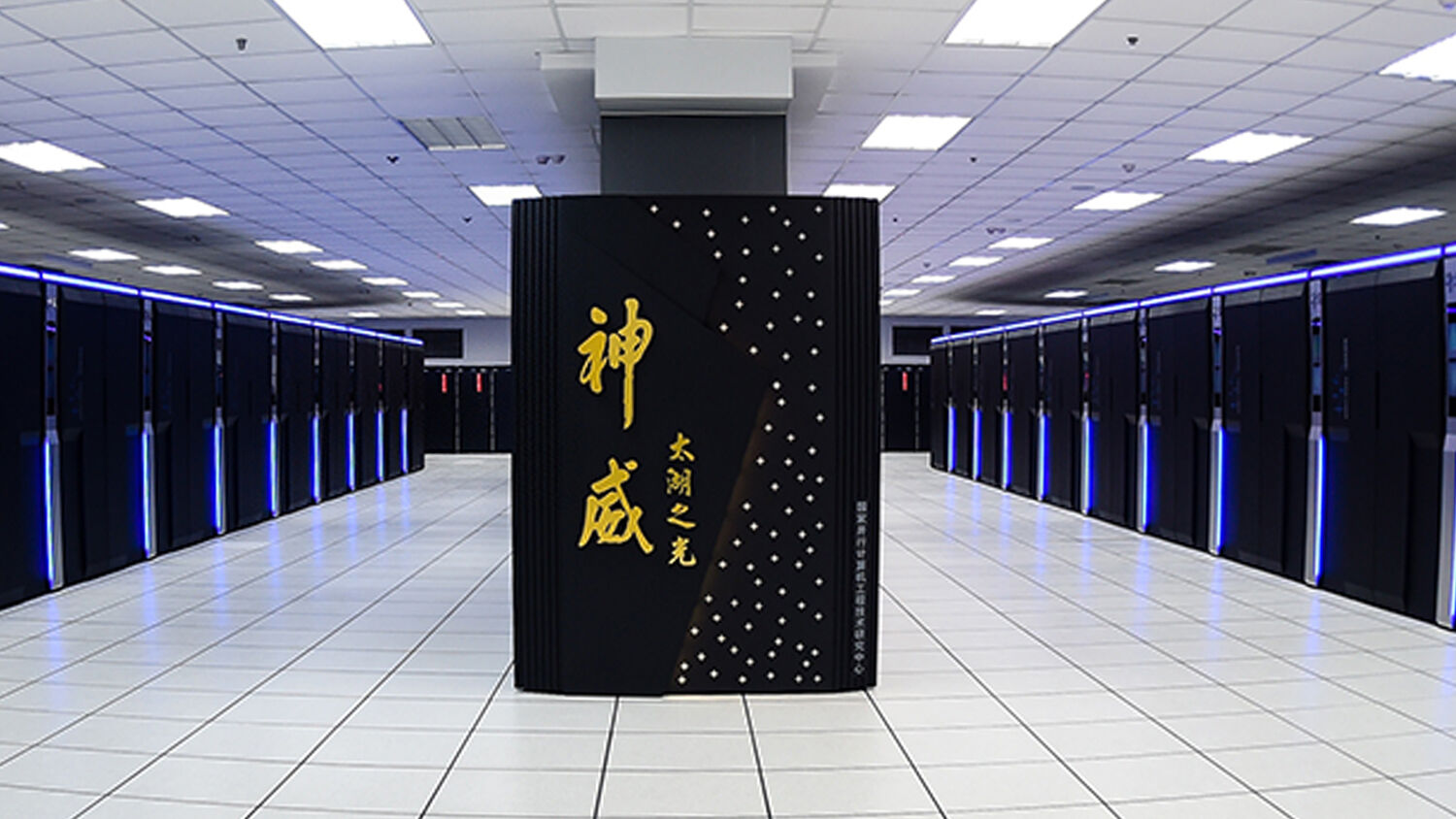
China Is Replacing America as Supercomputing Champion
It’s 1943. The British are developing the first programmable computer to break the “Lorenz code” and decipher Nazi communications. Now, it’s 2017. Who do you turn to to find the most advanced supercomputer to break an enemy’s code? It’s no longer the British. It’s not even the Americans.
It’s the Chinese.
The world’s two fastest supercomputers belong to China. Sunway TaihuLight and Tianhe-2 are their names and their processing speeds make the United States’ nearest competitor look sluggish.
That’s according to the latest supercomputer rankings by Top500. TaihuLight operates at 93 petaflops (93 quadrillion calculations per second) while the top American supercomputer, Titan, operates at 17.6 petaflops.
China’s ascent to supercomputer supremacy has been rapid. In doing so, it has pushed America from the top spot. In 2001, there were no Chinese supercomputers in the Top500 rankings. In June 2015, there were 37. In June 2017, China has 160 and the Americans boast 169.
“With the two Chinese supercomputers and one Swiss system occupying the top of the rankings, this is the second time in the 24-year history of the Top500 list that the United States has failed to secure any of the top three positions,” wrote Top500.
China’s TaihuLight is efficient as well. The big problem with building and running supercomputers is their massive power consumption. Essentially (and crudely), supercomputers are many core processors linked together. A Macbook has four core processors. TaihuLight has 10.6 million. Running TaihuLight’s 10.6 million processors takes the equivalent energy of approximately 1,400 American households. Still, TaihuLight runs at three times the efficiency of the American Titan.
But back to code breaking. “Security is only as good as your fastest computer,” Hansen Hsu, from the Computer History Museum, told Foreign Policy.
In terms of security, the supercomputer classic trinity (fortunately, trying to understand this trinity does not cause you to “lose your mind”) consists of “cryptanalysis, weapons design and weather forecasting.” Cryptanalysis means breaking codes. And breaking codes means security.
When the British endeavored to decipher the even more famous “Enigma code” in 1939, there were roughly 15 billion billion possible combinations the Germans could have been using each day. You could have an army full of code breakers run through a fraction of the combinations. Or you could build a computer. Alan Turing designed the Bombe device, and the British broke the code.
To decipher an “unbreakable code” today, your best chance is to run it through China’s TaihuLight. It performs five times as many calculations per second than any American supercomputer.
As Foreign Policy quipped, China’s dominance of supercomputing “matters for U.S. national security.”
Meanwhile, U.S. President Donald Trump’s 2018 budget proposes a 20 percent cut to America’s primary supercomputing program fund.
It’s also another indication that the rest of the world is catching up to America’s superpower status. Domination in the arenas of military, economics, technology, agriculture and, later, supercomputing—as America was blessed with centuries ago—is no longer the reality.
In 1972, a group of America’s preeminent computer scientists visited China for the first time. Foreign Affairs’ Tom Mullaney wrote that they were surprised to find the Chinese showing a “strong interest in what they called the ‘supercomputer.’” As the Americans ended their trip, the president of the Chinese Academy of Sciences told them that “China’s technology … has a great deal to learn from the United States.”
In light of China’s new dominance of supercomputing, Mullaney wrote, “it seems that the United States still has a great deal to learn from China.”
